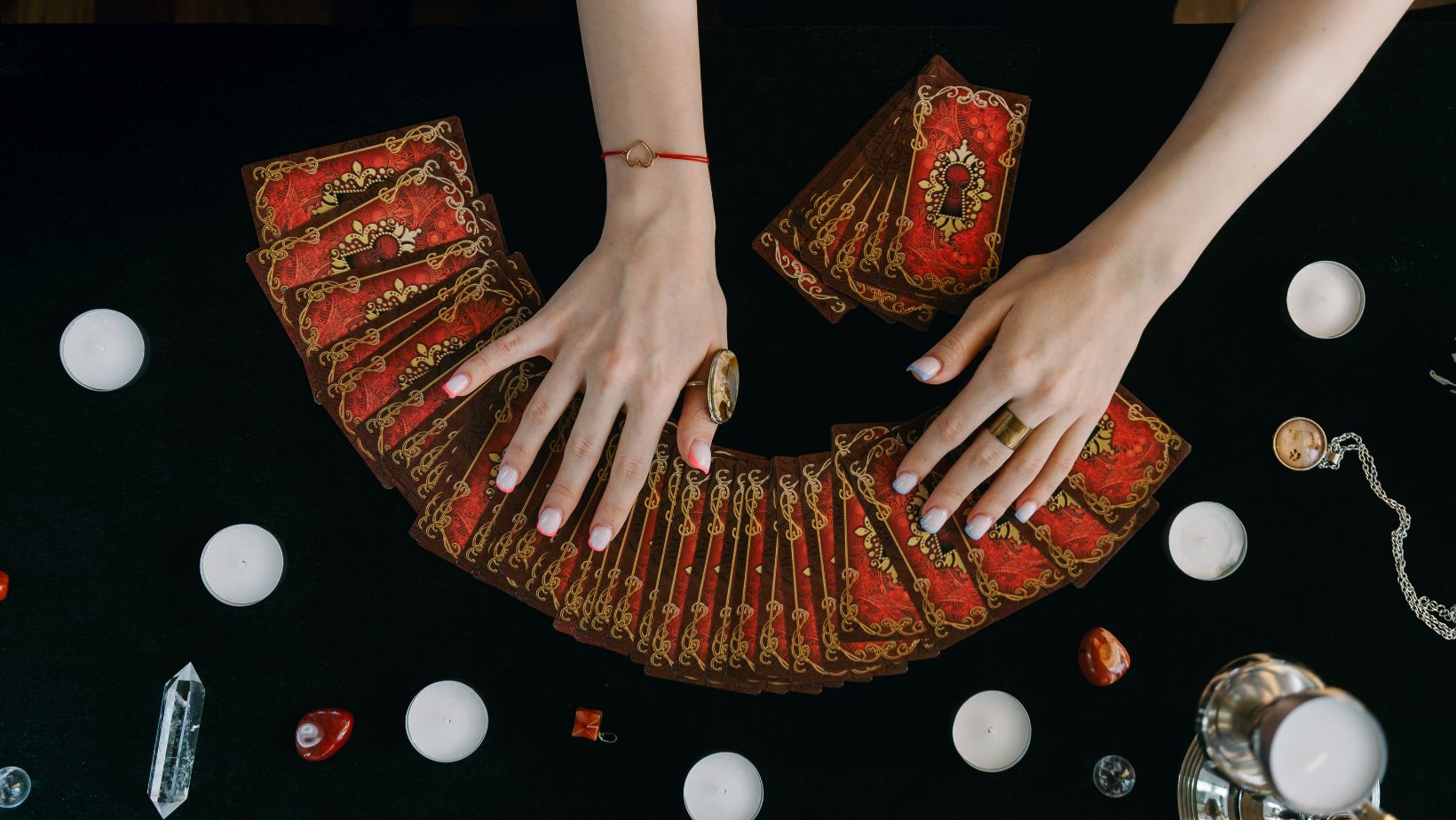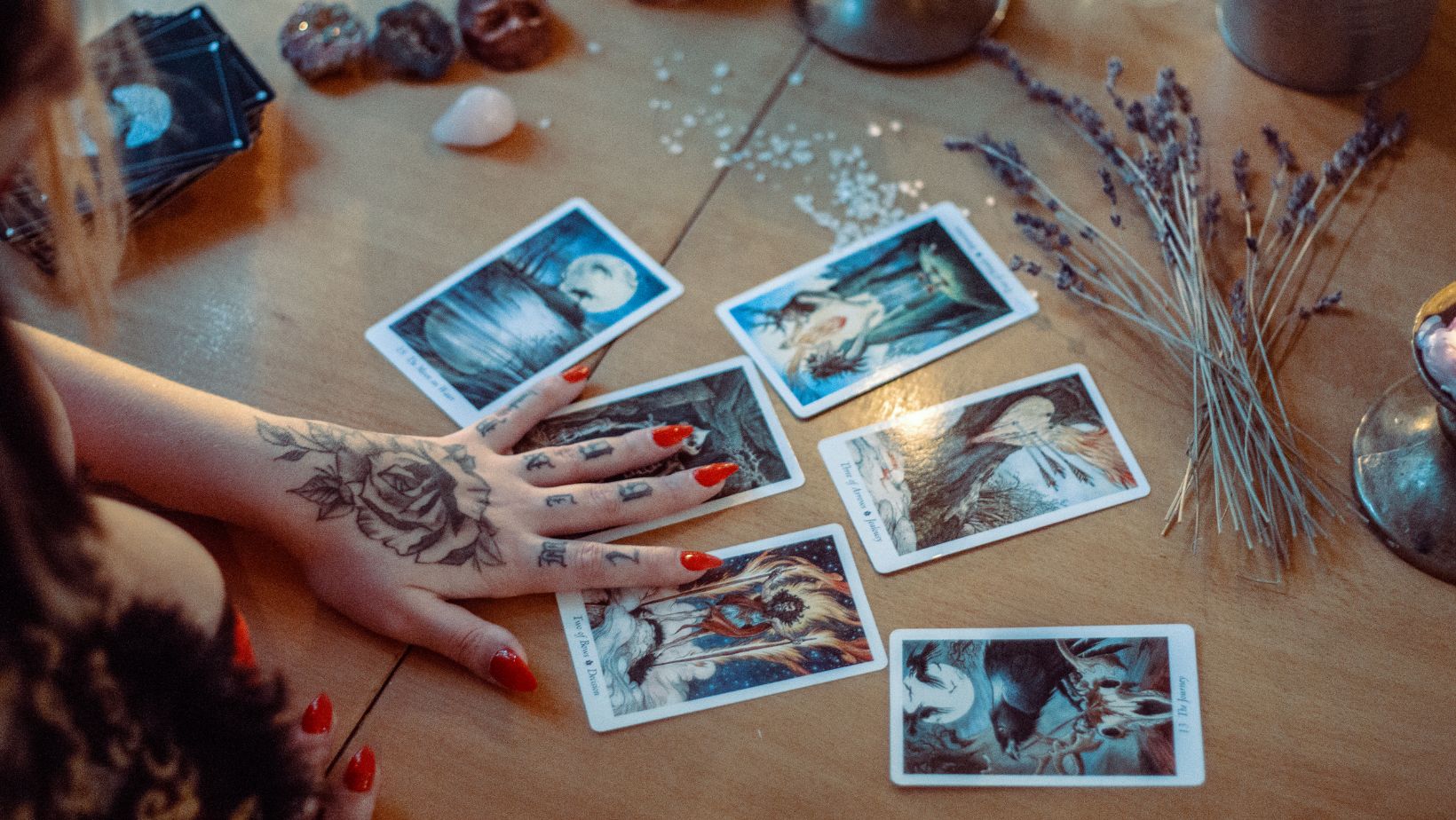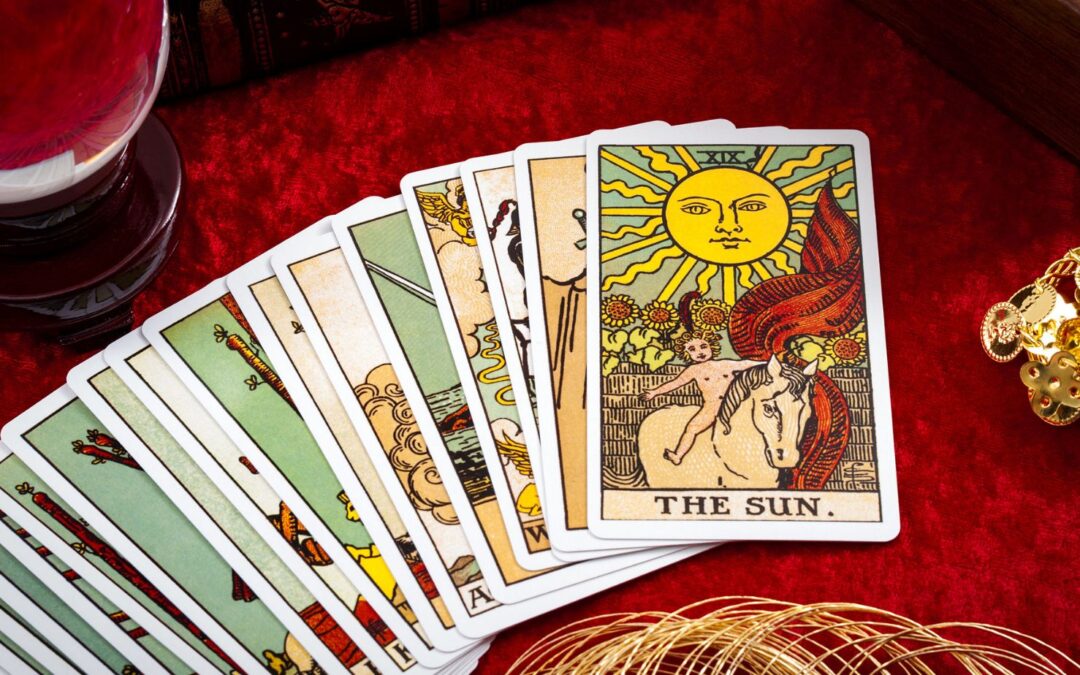Tarot is not simply a divination tool; it’s also a work of art and design. Every card is chock full of symbols, visual storytelling features round out the feelings stereotypes inevitably evoke — fear, awe or celebrating rebirth. The history of tarot has lasted for centuries as well. The intricate illustrations on those cards have changed over time, molded by a variety of cultures and art movements.
The Historical Evolution of Tarot Card Art
In the late 14th century, the tarot pack emerged in Europe, where it was originally used as a game or deck. Over time, tarot decks have metamorphosed into tools for mystical and spiritual purposes, with the artists imparting deeper meanings into their imagery. One revolution was the illustrated Rider-Waite-Smith tarot deck, published in 1909 by Pamela Colman Smith. This tarot card design broke new ground with detailed pictures for each card and evocative imagery unlike any before it. The deck’s illustrations became the standard for many modern tarot decks, influencing legions of artists who followed. In the beginning days, tarot art was created using woodblock printing, and later, greater sophistication in printing materials and methods allowed for more creativity in tarot design. Each card’s art is painstakingly manufactured to impart specific themes or concepts. Using colors, symbols, and composition, it seeks to evoke emotions and ideas. Today, tarot artists continue to break new ground with innovative styles— from traditional hand-painted illustrations to digital works embracing popular modern aesthetics.
Symbolism and Imagery in Tarot
One of the fascinating aspects of tarot card design lies in handling its complex symbolism. Every detail on a tarot card— be it color, object, or figure— carries its own meaning. And it all adds up to contribute to the overall meaning of the card. For instance, Major Arcana cards often feature archetypal figures like the High Priestess or the Fool, each symbolizing deep concepts such as intuition and birth anew. Drawing on a variety of cultural and mythological sources, the images on tarot cards incorporate ancient wisdom and artistic interpretation. With deep thoughtfulness, each artist selects symbols to fit into the general scheme of universal themes suggested by a tarot deck. , made tarot a very personal and introspective tool. The detailed images in tarot card images invite meditation contemplation so that they encourage viewers to seek out the hidden meanings or connections with other images on the card.
Artistic Style and Technique
Tarot card art spans a spectrum of styles and techniques, reflecting the individuality and adaptability of contemporary artists. Some decks hew to a classical line, drawing their inspiration from Renaissance art or medieval manuscripts; others so much the look of modern art as they take on a modern aesthetic, surrealism, and abstract painting being examples. The choice of style usually reflects the deck’s theme and message. As a result, tradition is balanced with innovation in this manner.

However, the creative process is not limited to the original genius of the illustrator. Illustrators use many methods to create liveable tarot pictures, such as digital painting, collage, or mixed media. Each artist infuses his own unique vision into the cards, giving them an added dimension in depth and emotion. Such is the creation of a tarot deck: it is like lovingly raising a baby, the painstaking attention to detail morale being raised by image and word.
Tarot Card Art And Modern Popular Culture
In recent decades, tarot card art has infiltrated popular culture, appearing in films, fashion shows, and contemporary art exhibitions. Tarot’s seductive imagery reaches far beyond divination; it attracts fans through its mysterious aura of beauty, too. In today’s world, there are many themes for a tarot deck, which is made up of fantasy, fairy tales, mythology, and even the world of popular media. Artists and tarot enthusiasts have joined forces and, as a result, produced special limited-edition decks and artistic reinterpretations. Social media platforms have also contributed to the development of tarot card art, providing a showcase for artists to display their work and enabling them to link up with a worldwide audience of tarot enthusiasts.
Fascinating Facts About Tarot Card Art
- The oldest surviving tarot cards date back to the mid-15th century, originating from Italy.
- Tarot card designs often incorporate elements from astrology, alchemy, and Kabbalah.
- Some tarot decks feature non-traditional themes such as cats, vampires, or fairy tales.
- Tarot card art has inspired countless tattoo designs, with motifs like the Death card being particularly popular.
- The process of creating a tarot deck can take months or even years, from initial sketches to final production.
In Summary
Tarot card art is a captivating blend of history, symbolism, and artistic expression. Today, you can even try tarot reading for free on websites like this one. The symbolism of each card painting tells a story; it is as if the image invites one to set out on some journey of self-discovery and meditation.

Whether you are an experienced reader of tarot cards or an art lover, the world of tarot card design offers a fascinating insight into how wonderfully creative the human mind can be.

